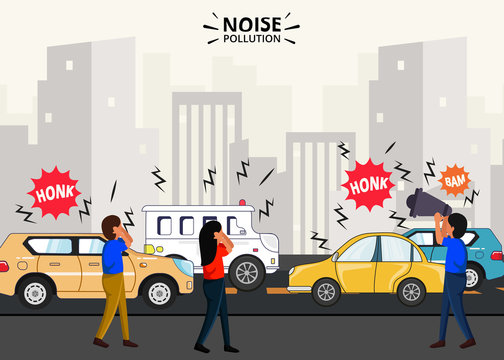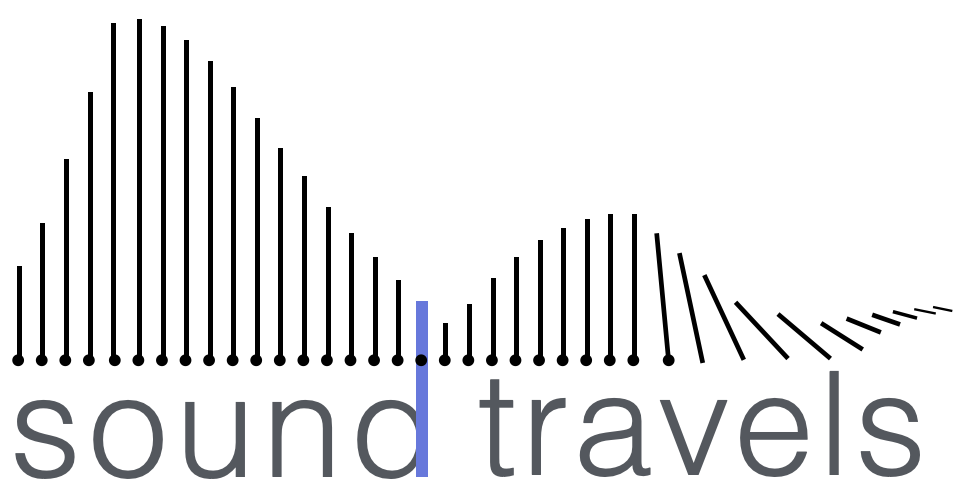Where are we?
Traveling! Check out updates on the TERC blog for news from our travels.
Presenting! The slides from a presentation at the Acoustical Society of America presentation are a good summary of the research underway.
Analyzing an extensive data set. As the first study of its kind, we felt looking at dozens of variables made sense—where visitors grew up, their cultural and religious practices, and affinity/identity with respect to music could all have an impact on how sensitive or oblivious they are to soundscapes in informal learning settings. In the first round of data collection, Columbus researchers collected an estimated 500 hours of audio recordings, 140 sound searches (visitor-driven recordings and interviews), and nearly 1000 questionnaires measuring close to 100 variables. Analysis of this extensive data set is ongoing. Read more about the priorities for analysis here.
Sharing insights with a storymap. NEW Preview a draft of a walk-through of our sites, sounds visitors experience, and a preview of findings relevant for exhibit designers with this storymap
Overview

Every parent, guide, docent, and educator knows it is tough to compete with a baby’s cry. Some researchers have claimed that it is impossible not to process auditory information. Everyday sounds are part of our lives. Some are personal, the sound of chewing, our footsteps. Some are are like the hum of a refrigerator, that is so expected that we don’t pay it much attention. And some noises are so shocking or annoying that we have to pay attention
Sounds of all sorts can drastically change how we learn and interact in different settings.
The Objectives
The Sound Travels team (partners and researchers) have four years to:
1) Understand soundscapes as they exist in different informal learning environments like zoos, parks, and science centers. We need to identify specific spots, exhibits and programs to investigate
2) Collect data, analyze, and interpret the relationships between sounds and learning
- What qualities of sounds attract attention?
- What qualities of sound hold attention?
- What qualities of sounds seem to connect with social learning (conversations, figuring out puzzles, learning together (siblings, caregivers and children)?
3) Share findings with those who will help prioritize questions, laying the groundwork for future research.
We expect to tease out relationships and then share insights to help informal STEM professionals design and plan for increased attraction, attention, and shared learning among visitors.
Building on findings related to psychological impact Sound Travels approaches are well-aligned with the factors important for psychological impact (Lester et al., 2018) including attention to:
– the inter-related constructs of relevance, salience, attention, interest and engagement
– the relationships between attention and memory (recall and recognition)
– indicators of a higher sense of presence, which increases empathy and connection
